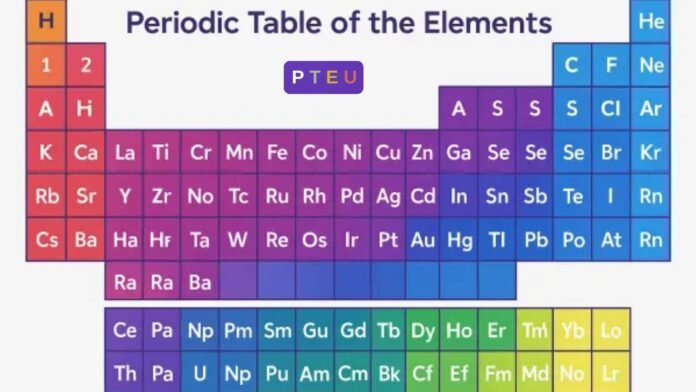The Future of Chemistry Education: Inside the Periodic Table of Elements Ultra
For decades, the periodic table has been the cornerstone of chemistry, a static chart on classroom walls. But in a world where learning is becoming increasingly digital and interactive, a static poster is no longer enough. Enter Periodic Table of Elements Ultra, a groundbreaking digital platform that is transforming how students, educators, and researchers engage with the fundamental building blocks of the universe. This is not just a digital replica; it is the world’s most comprehensive and interactive periodic table, a tool designed to demystify complex chemical concepts and make learning an immersive experience.
The story behind this platform is a powerful lesson in marrying deep scientific knowledge with cutting-edge user experience design. The founder recognized that the barriers to understanding chemistry were often visual and linguistic. By tearing down these barriers, they created a tool that is not only a repository of data but a dynamic gateway to scientific discovery.
A Vision for Global Accessibility and Deep Tech Innovation
The inspiration for Periodic Table of Elements Ultra stemmed from a simple, yet profound, idea: knowledge should be accessible to everyone, everywhere. With support in over 40 languages, the platform breaks down geographical and linguistic barriers, enabling students from diverse backgrounds to learn in their native tongue. This commitment to accessibility is a powerful example of how a startup can use deep tech innovation to create a product with a genuinely global impact.
The founder’s vision extended beyond language. They understood that the abstract nature of chemistry, particularly concepts like electron configurations and orbital shapes, was a major challenge for many learners. To solve this, they integrated stunning 3D orbital visualizations that allow users to see and manipulate atomic structures, turning abstract theory into tangible, visual reality. This kind of advanced visualization tool is a game-changer for educational technology.
Beyond the Chart: Making the Complex Concrete
What sets Periodic Table of Elements Ultra apart is its relentless focus on depth and interactivity. It’s a platform that caters to multiple levels of expertise. A high school student can use its visual charts to understand chemical trends, while a seasoned researcher can leverage its advanced search and filtering tools to find specific element properties. This tiered functionality is a key to its success and a powerful lesson for any startup founder: design your product to grow with your user.
The platform provides:
- Detailed Element Properties: Far beyond the basics, it includes everything from atomic radius to oxidation states.
- 3D Orbital Visualizations: The most compelling feature, these visualizations make the invisible world of electrons and orbitals visible and understandable.
- Customizable Views: Users can tailor the table to their needs, filtering by properties like melting point, density, or electronegativity.
This approach transforms the passive act of looking up an element into an active process of exploration and discovery. The platform doesn’t just provide answers; it encourages questions.
The Founder’s Mindset: Empowering Learning through Design
The journey of building Periodic Table of Elements Ultra is a testament to the power of a founder mindset that prioritizes both scientific accuracy and user-centric design. The team didn’t just code a database; they architected a learning experience. They understood that to achieve success, they had to be more than just accurate—they had to be engaging.
The startup funding and growth of this platform can be attributed to its ability to create a “wow” moment for users. When a student sees a 3D orbital visualization for the first time, or when a teacher can effortlessly switch the language to cater to a multilingual classroom, the value of the platform becomes immediately apparent. This focus on demonstrable, tangible value is what drives organic growth and positions the company for long-term success.
Key Takeaways for Aspiring EdTech Entrepreneurs
- Solve a Visual Problem: Look for areas in your industry where complex, abstract concepts can be made clear through visual tools.
- Go Deep on Features: Instead of a broad, shallow product, create a deep, comprehensive one that serves its niche exceptionally well.
- Prioritize Accessibility: Design for a global audience by incorporating multiple languages and intuitive navigation.
- Turn Data into an Experience: Don’t just present information; use technology to create an interactive experience that fosters genuine understanding and curiosity.
In a rapidly changing educational landscape, Periodic Table of Elements Ultra stands out as a prime example of how technology can not only enhance learning but fundamentally change it for the better. It is a powerful reminder that the best tools are those that don’t just inform, but inspire.
Are you a startup founder or innovator with a story to tell? We want to hear from you! Submit Your Startup to be featured on Taalk.com.








